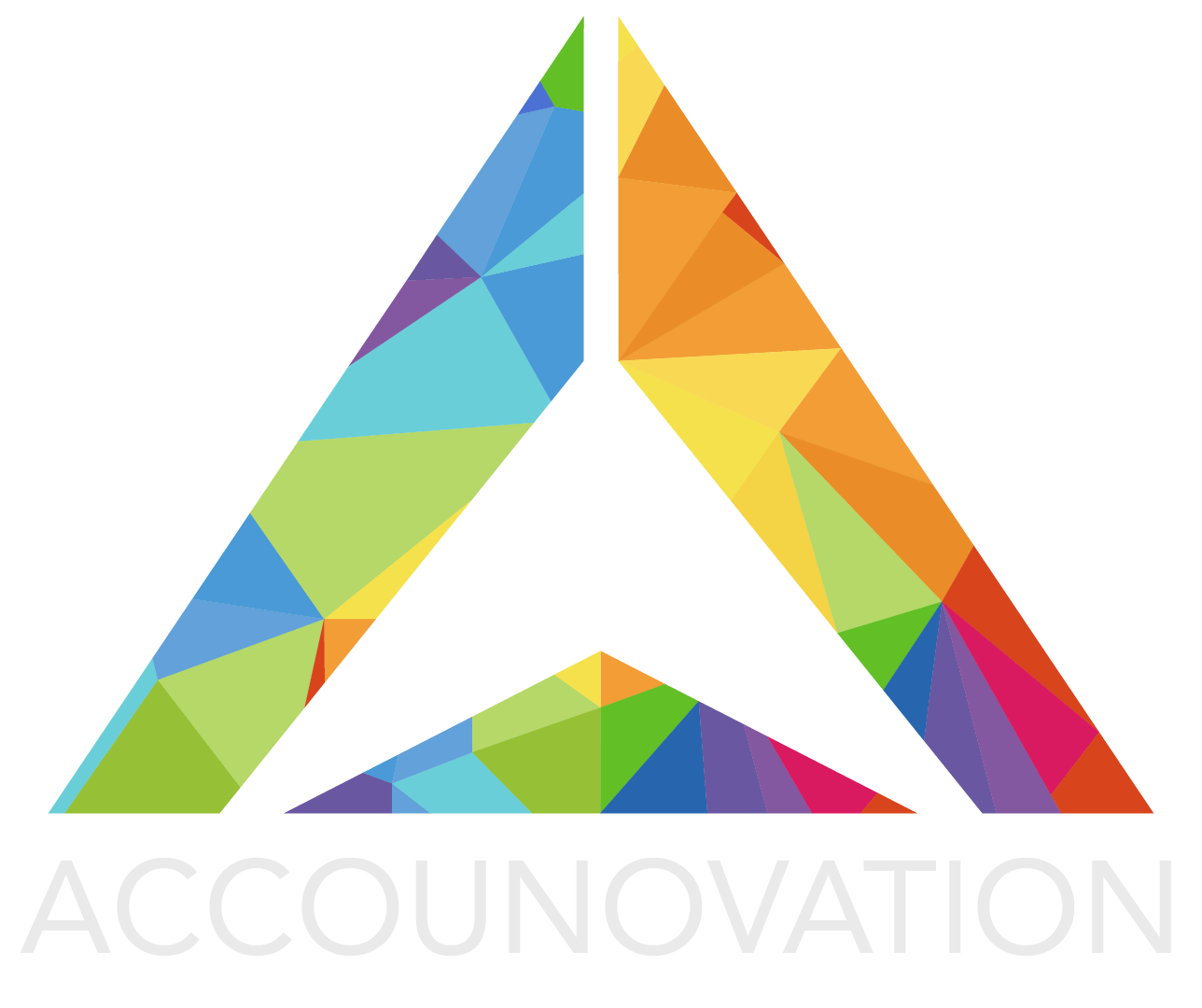For manufacturing businesses, keeping an eye on cash flow is critical. Two terms that directly...
Accounts Receivable and Effective Collections Best Practices
Accounts Receivable and Effective Collections Best Practices
Many people get confused with the terms accounts receivable and accounts payable. Accounts receivable is basically money that is owed to you, and accounts payable is what you owe. We will cover accounts receivable and ways to improve collections in this article.
In a perfect world, you would hand your customer their bill or invoice, and they pay it right away. Unfortunately, we do not live in a perfect world. Sometimes customers forget to pay their bills, or they avoid paying them at all for many different reasons, leaving you in the lurch.
Optimizing your accounts receivable process can drastically improve your money flow. On average, companies that implement effective accounts receivable processes can reduce their Days Sales Outstanding (DSO) by up to 20%. This improvement not only enhances cash flow but also reduces the risk of bad debts and improves overall financial health. Keep reading to explore the six actionable tips to improve your collections process.
Six Tips for Collecting Accounts Receivable
Managing accounts receivable effectively is key to maintaining strong cash flow in any business. By streamlining your collection process, you can reduce the risk of bad debts and ensure timely payments from customers. Below are six practical tips to help you optimize your accounts receivable and improve your overall financial health.
1. Don’t be shy!
Discuss payment arrangements early in the negotiation and relationship-building process. Explaining to your customer how and when you expect to be paid prevents a lot of headaches and heartaches down the road. Offering options like automatic payments, credit, and electronic payments make the process much easier and more friendly to customers. Also, do not hesitate to shorten payment terms. Net-30 is popular, but often using shorter payment terms such as Net-15 encourages slow-paying customers to stay on track. Also, offering a small discount for early payment can encourage slow payers to step up their game.
2. Establish a clear and concise credit approval process.
Be leery about extending credit without vetting the customer thoroughly. It is very easy to set up a credit account, but not always so easy to get paid. Make sure your customers are creditworthy and weigh each situation carefully. It is easy to fall into the trap of offering credit to non-credit-worthy customers to boost sales. This can result in a vicious cycle of not having enough products for people who actually will pay. It also may lead to a lack of liquidity to purchase more products.

3. Follow up on past-due accounts quickly and develop a proactive collections process.
Collections should be a top priority. Gentle reminders to customers often result in immediate payment. Collection efforts should be consistent, fair, and methodical with no emotion. If you find you have trouble distancing yourself from situations that might be uncomfortable or confrontational, you can always outsource your collections. Make sure your collections company is reputable, and vet them for professionalism. Many laws must be followed for collections and not all collection agencies are honest.
4. Maintain accurate customer data.
Once a year, reach out to your customers to make sure you have up-to-date record information. Regularly audit customers to see if a customer has a pattern of late pay or no pay. You also want to check for anyone who runs up a large credit bill. Sometimes, you may have to put a hold on a customer’s account.
5. Create a billing dispute process.
It is important to develop this process as it helps employees and customers resolve a situation quickly and effectively. An inconsistent or stress-inducing billing dispute can cost you a good customer. No matter how frustrated you are, always treat the customer with respect and kindness.
6. Automate, automate, automate.
Make it easy for your customers to pay you, and they will. Nobody likes to sit down and write checks. It is so much easier to send electronic bills with electronic payment options. As a bonus, you get paid faster!
For more insights on optimizing your financial processes, check out our blog, 5 Things You May Not Know About Outsourced Bookkeeping, where we reveal how outsourcing can enhance efficiency and accuracy in managing your business's finances.
The Importance of Implementing Late Payment Penalties
Implementing late payment penalties encourages customers to pay their invoices on time, improving their cash flow. It also helps offset the financial impact of delayed payments, ensuring that your business can cover its expenses. Penalties create a sense of urgency and accountability, reducing the chances of repeat late payments. Ultimately, they protect your business from unnecessary financial strain and help maintain healthy client relationships.
For more ways to improve your financial management, check out our blog, Benefits of Outsourced Accounting Services for Manufacturing Companies, where we discuss how outsourcing can streamline operations and boost profitability.
The 10 Rule for Accounts Receivable
Managing accounts receivable efficiently is critical to maintaining a healthy cash flow and minimizing payment delays. The "10 Rule" helps streamline the process by setting clear expectations and creating consistent follow-ups for outstanding invoices. Below are 10 essential tips to keep your accounts receivable in top shape:
- Invoice Promptly: Send invoices immediately after the goods or services are delivered.
- Clear Payment Terms: State payment terms on every invoice to avoid confusion.
- Follow Up Regularly: Check in with customers before the invoice is due to confirm receipt and answer any questions.
- Offer Early Payment Incentives: Encourage faster payments by offering small discounts for early payments.
- Set Payment Reminders: Automate reminders a few days before the due date to keep your invoice top of mind.
- Charge Late Fees: Implement late payment penalties to discourage delays.
- Monitor Aging Receivables: Keep track of overdue accounts and take quick action to collect on them.
- Use Multiple Payment Options: Offer various payment methods to make it easier for customers to pay on time.
- Stay in Communication: Maintain an open line of communication with customers to address any payment issues early.
- Be Consistent: Stick to your accounts receivable process to create a predictable and efficient collection cycle.
Streamline Your Collections Process with Accounovation
Collections is not the dirty word so many of us think of it as. Most people want to pay their bills. Follow the above recommendations and you should be good to go forth and conquer your corner of the business world!
Accounovation is a technology-driven, process-focused, and people-powered accounting firm. We are experts in helping you set up best practices for both Accounts Receivable and Accounts Payable. We can guide you and assist you in getting your accounting program up and running. Please feel free to contact us for more information.
Frequently Asked Questions
Why should businesses regularly reconcile accounts and identify discrepancies?
Regular reconciliation ensures that financial records are accurate and up-to-date, helping to identify discrepancies before they become larger issues. This process minimizes errors, prevents fraud, and ensures that accounts are in balance, contributing to better financial control.
What is the biggest challenge in accounts receivable?
The biggest challenge is managing overdue payments, which can strain cash flow and delay business operations. Timely follow-ups, clear payment terms, and effective communication are key to overcoming this challenge.
What insights can be gained from monitoring aging reports and analyzing payment patterns?
Monitoring aging reports helps identify slow-paying customers and patterns of late payments. This analysis allows businesses to adjust credit terms, improve cash flow forecasting, and prioritize collections efforts.
How can clear invoicing procedures benefit accounts receivable management?
Clear invoicing ensures that customers understand payment terms and deadlines, reducing confusion and disputes. This leads to faster payments, better cash flow, and a more organized collection process.






